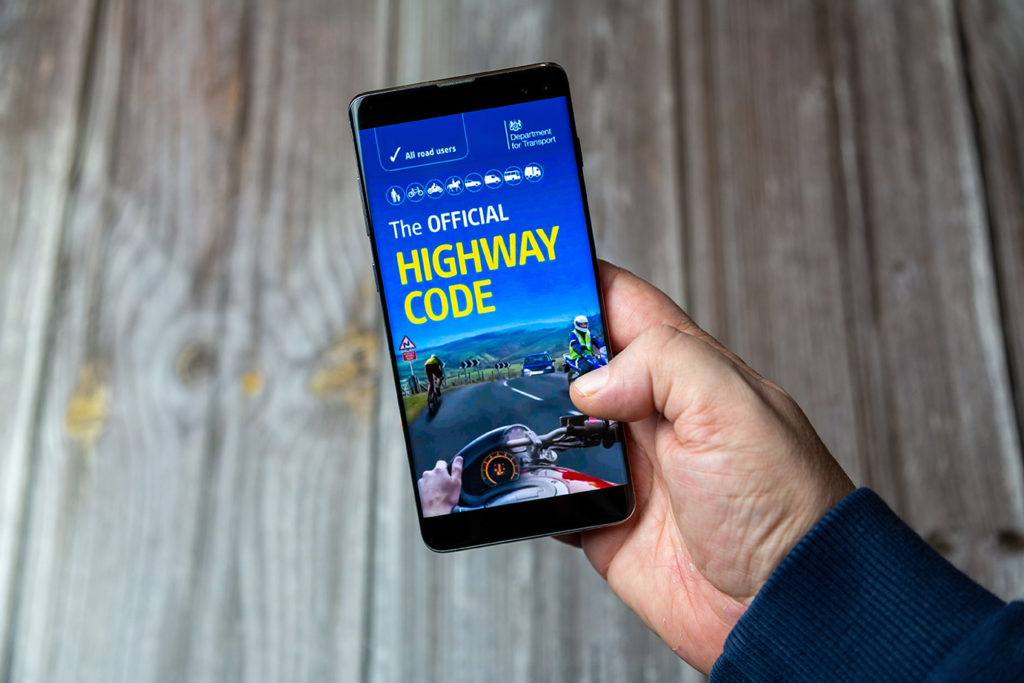From January 29, 2022, a substantial overhaul of The Highway Code came into effect, including new laws to better protect vulnerable groups. It is critical that all road users, including businesses that employ drivers, become familiar with the new legislation.
Quick Facts…
- New restrictions have been added to the Highway Code to better safeguard vulnerable groups including pedestrians and cyclists.
- New rules include giving pedestrians the right of way at intersections and revised road positioning guidance for bikes.
From the start of 2020 to June 2021, 4,290 pedestrians and 4,700 cyclists were killed or seriously injured on Britain’s roads, according to Department for Transport figures. The government has introduced new measures to improve pedestrian and bike safety, guaranteeing that everyone has an equal right to safely use the road.
The new Highway Code is the result of a successful consultation that drew over 20,000 answers from the general public, businesses, and organisations, the vast majority of which were favourable.
The Hierarchy of Road Users
The creation of a new hierarchy of road users is one of the most significant revisions to the Highway Code. The most vulnerable groups – those who are most at danger of significant injury – are at the top of the hierarchy, as follows:
- Pedestrians
- Cyclists
- Horse riders
- Motorcyclists
- Cars/taxis
- Vans/minibuses
- Larger vehicles such as Heavy Goods Vehicles (HGVs) and buses
Because those at the bottom of the hierarchy are less vulnerable to injury, they bear a greater burden of responsibility for reducing the risk to other road users. While large passenger vehicle drivers bear the greatest duty, all road users must be respectful of others and adhere to all Highway Code restrictions.
Pedestrians Crossing at Junctions
When a pedestrian is crossing or waiting to cross at a crosswalk, all other vehicles, including motorcycles and bicycles, is expected to yield.
Furthermore, both zebra and parallel crossings are covered under the updated law. Prior to the modification, automobiles were only obligated to come to a complete stop at zebra and parallel crossings if a pedestrian was already crossing. If pedestrians are waiting to cross, cars, bikers, and horse riders are now legally compelled to stop at crossings.
Road Positioning for Cyclists
The updated guidance includes new road location suggestions for bicycles.
New guidelines allow cyclists to ride in the middle of their lane on quiet roads and in slow-moving cars to improve visibility. Cyclists should stay at least 0.5 metres away from the curb edge when riding on busy roadways.
In addition, the new code makes mention of cycling organisations. Bicyclists can now ride two abreast, which is especially useful when accompanying children or less experienced riders. Cyclists, on the other hand, should always be aware of their surroundings. If motorists behind them want to overtake, bicycles should move into a single-file formation or stop when it is safe to do so.
Overtaking
The new regulations include information on safe vehicle passing distances.
- When overtaking cyclists at 30 mph, leave at least 1.5 metres between you and them, or give greater space if overtaking at faster speeds.
- When passing someone on foot or on horseback, leave 2 metres between you and them.
Crossing a double white line (when the road is clear) to pass bikes or horse riders at 10 mph or less is currently considered permitted.
When clearance distances cannot be met or it is dangerous to do so, the code states that road users must wait rather than overtake.
At Roundabouts
On roundabouts, people riding a motorbike or driving a car should give way to cyclists. According to the revised guidelines, drivers and motorcycle riders should:
- Allow people cycling across their way as they ride around the roundabout
- Do not attempt to pass people riding within that person’s lane
In Public Spaces, Walking, Cycling, or Riding
For routes and locations shared by people on foot, bike, and/or horse, new guidelines have been issued. Walkers, cyclists, and riders must all be considerate of one another’s safety. Walkers should make sure their path does not hinder people utilising other modes of transportation.
Bicyclists are also reminded to:
- Give pedestrians plenty of room while passing.
- Before passing, take it easy.
- Ring their bell to alert pedestrians that they are approaching.
Vehicles: Parking, Charging, and Leaving
The ‘Dutch reach,’ a new recommended car door opening technique, has been added to the Highway Code. When exiting a vehicle, people should open the door with their opposite hand (eg use their left hand to open a door to their right). They are more likely to swivel their head and glance over their shoulder as a result of this movement, minimising the risk of the door opening into the path of an incoming pedestrian or bike.
Finally, the updated code includes tips for those who use electric vehicle charging stations. When using one, individuals should:
- Park near to the charging station to avoid tripping over trailing cables.
- If at all possible, post a warning sign.
- Return charging cords and connectors in a neat manner to avoid endangering others and creating a hazard for other road users.
Enforcement
The Highway Code has been modified in nine sections, including 50 new or altered provisions. Noncompliance will not result in a punishment or penalty because the changes are advisory. Compliance with the code, on the other hand, may be used as evidence in any legal case to show culpability.
Regardless, everyone should be aware of the Highway Code changes in order to keep themselves and others safe on the road. Many of the code’s initial provisions are legal requirements, and breaking them is considered a criminal offence.
Next Steps
To help with execution, the government’s THINK! campaign will launch a communications campaign. In the interim, the government’s website has a complete, up-to-date version of the Highway Code.


